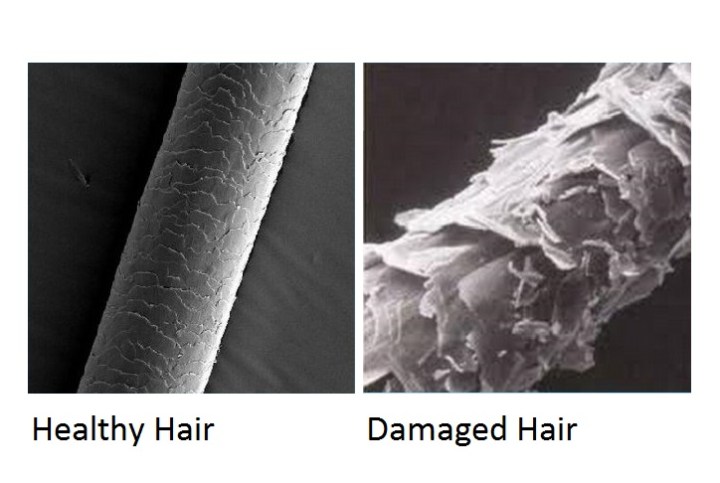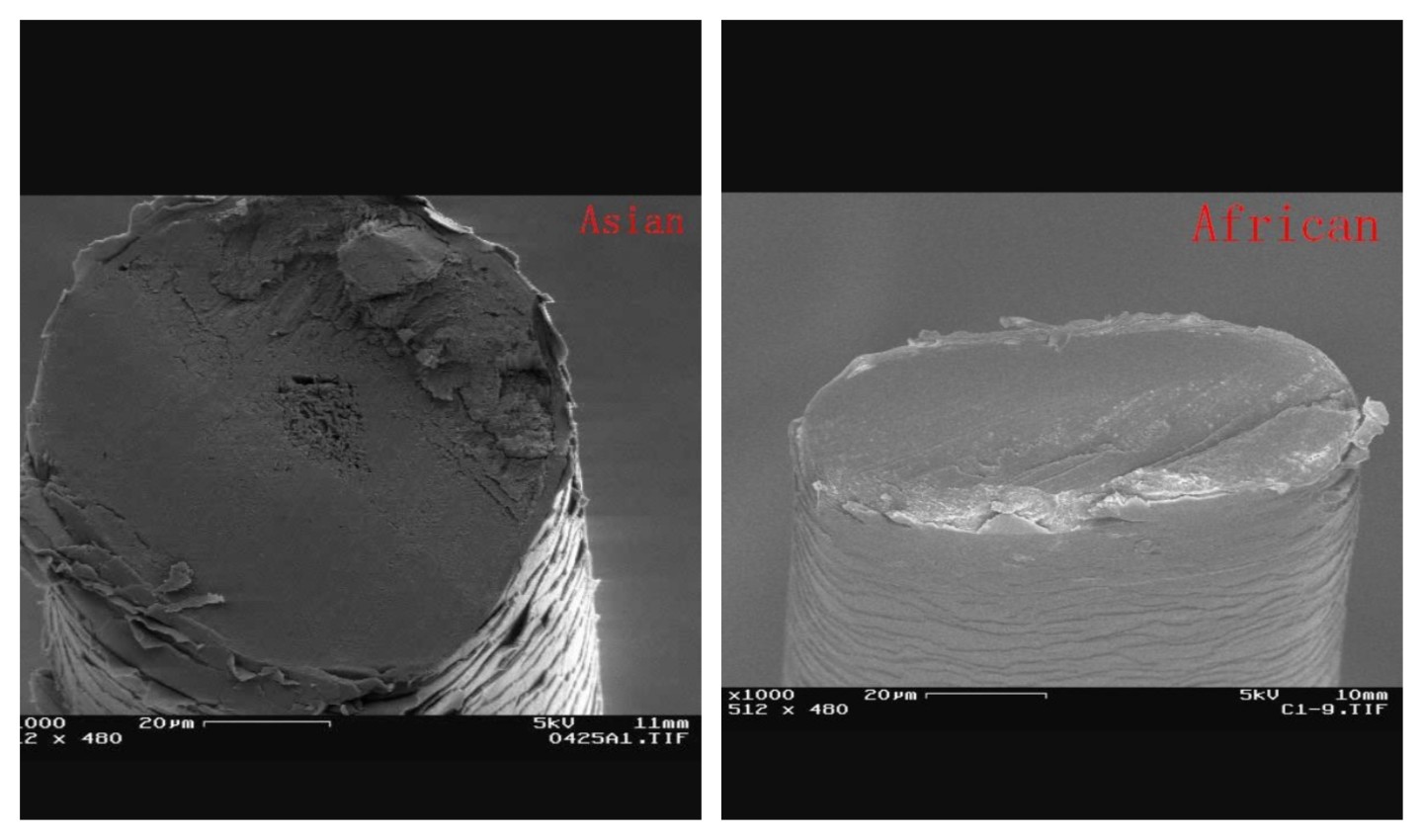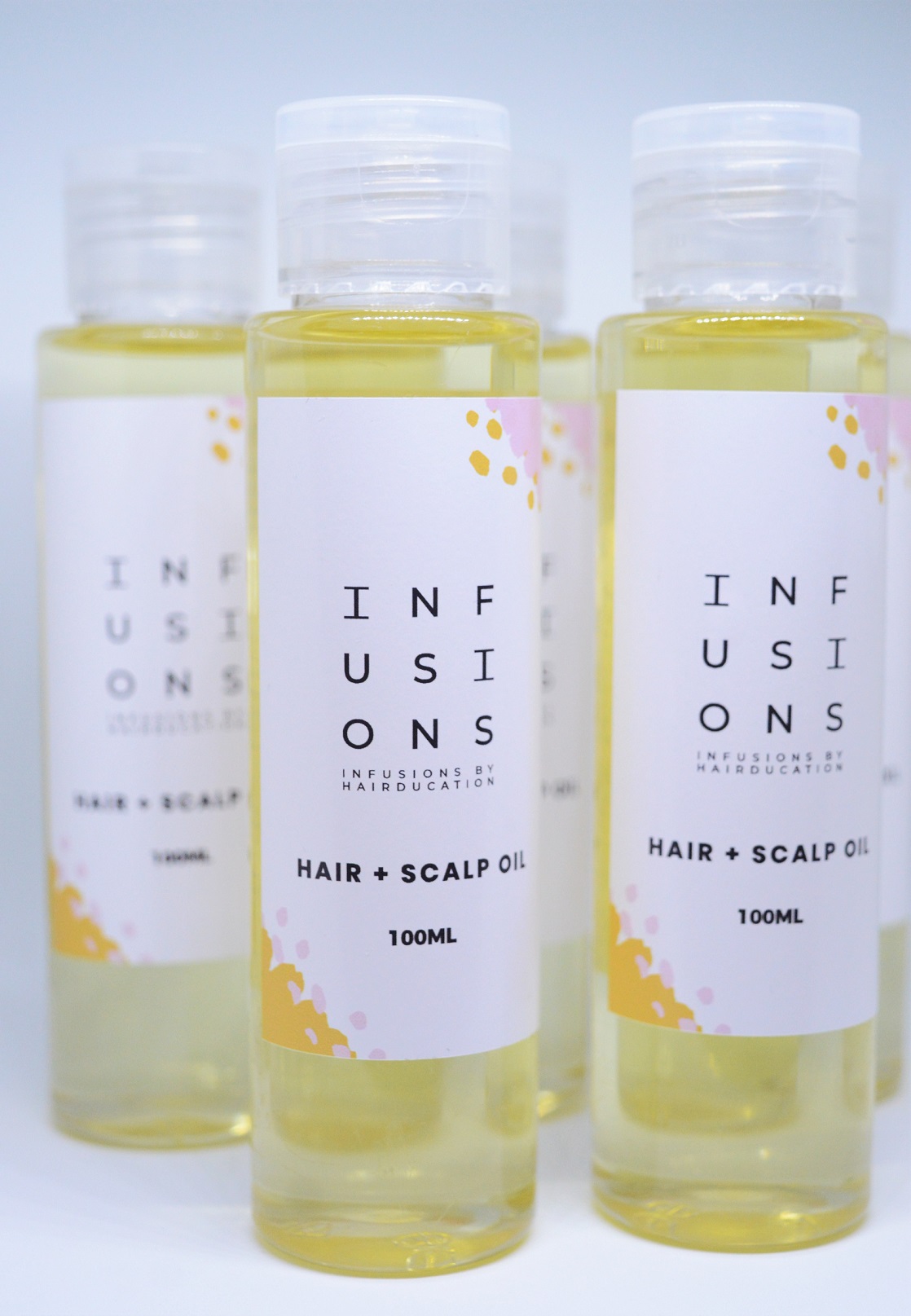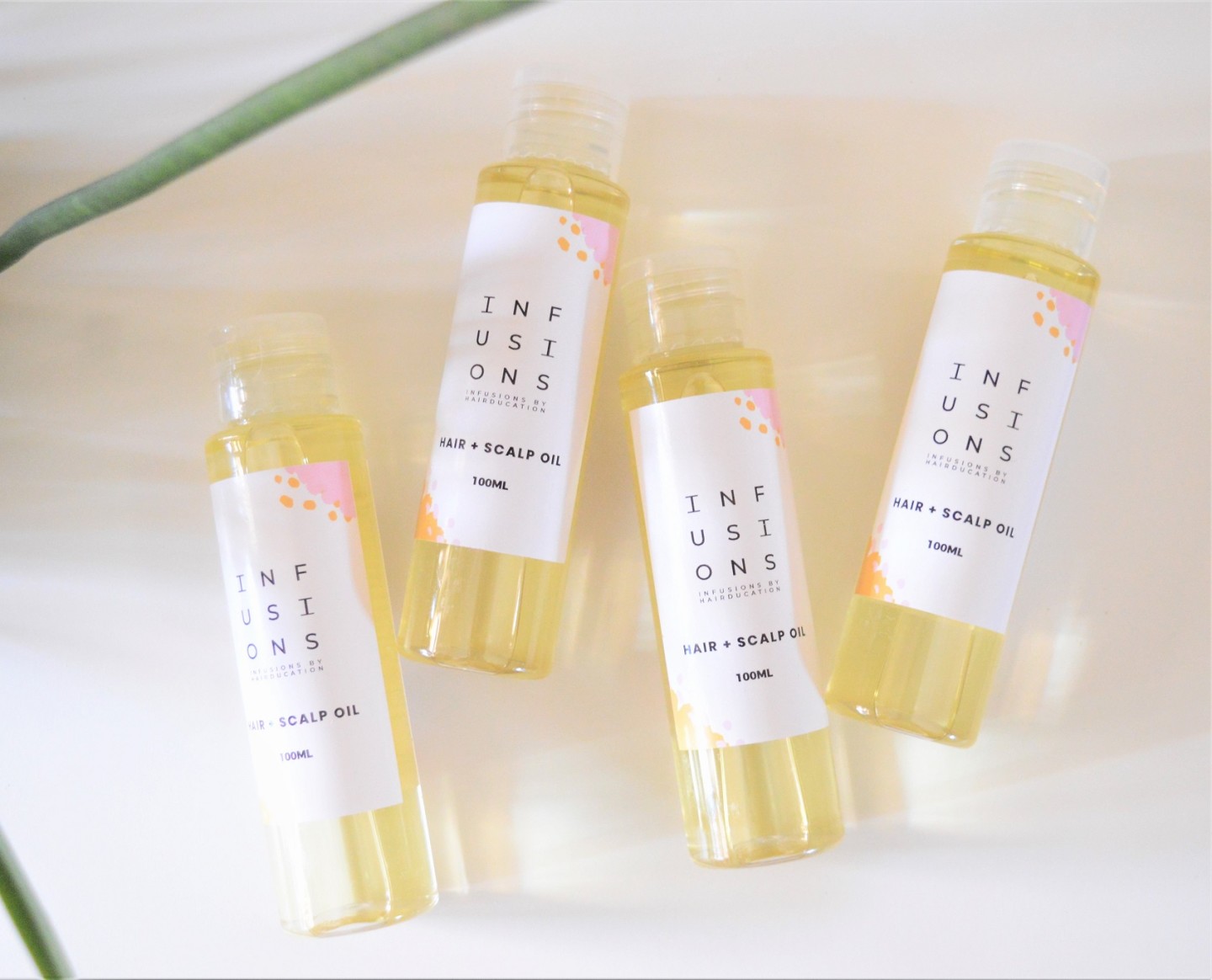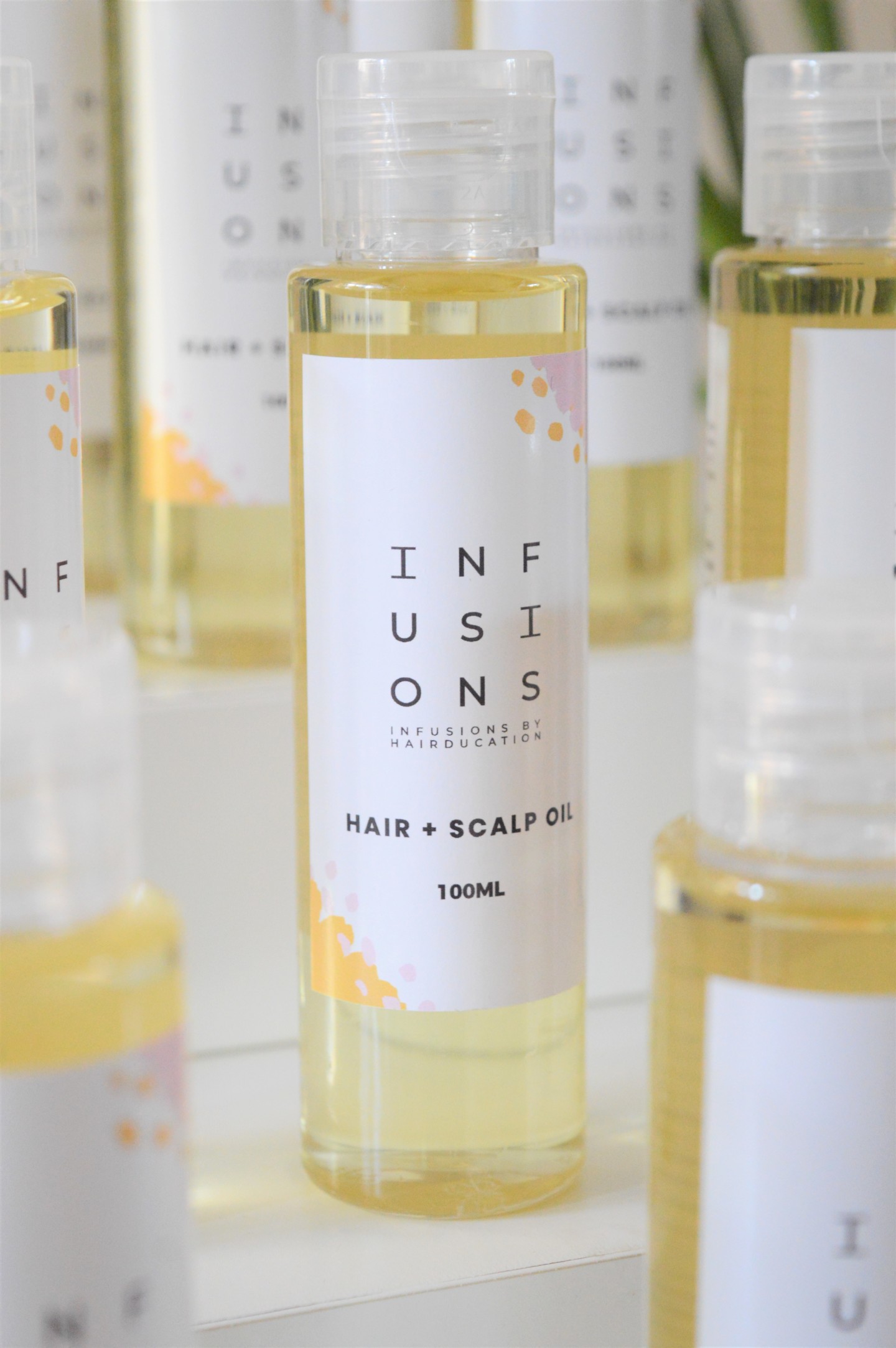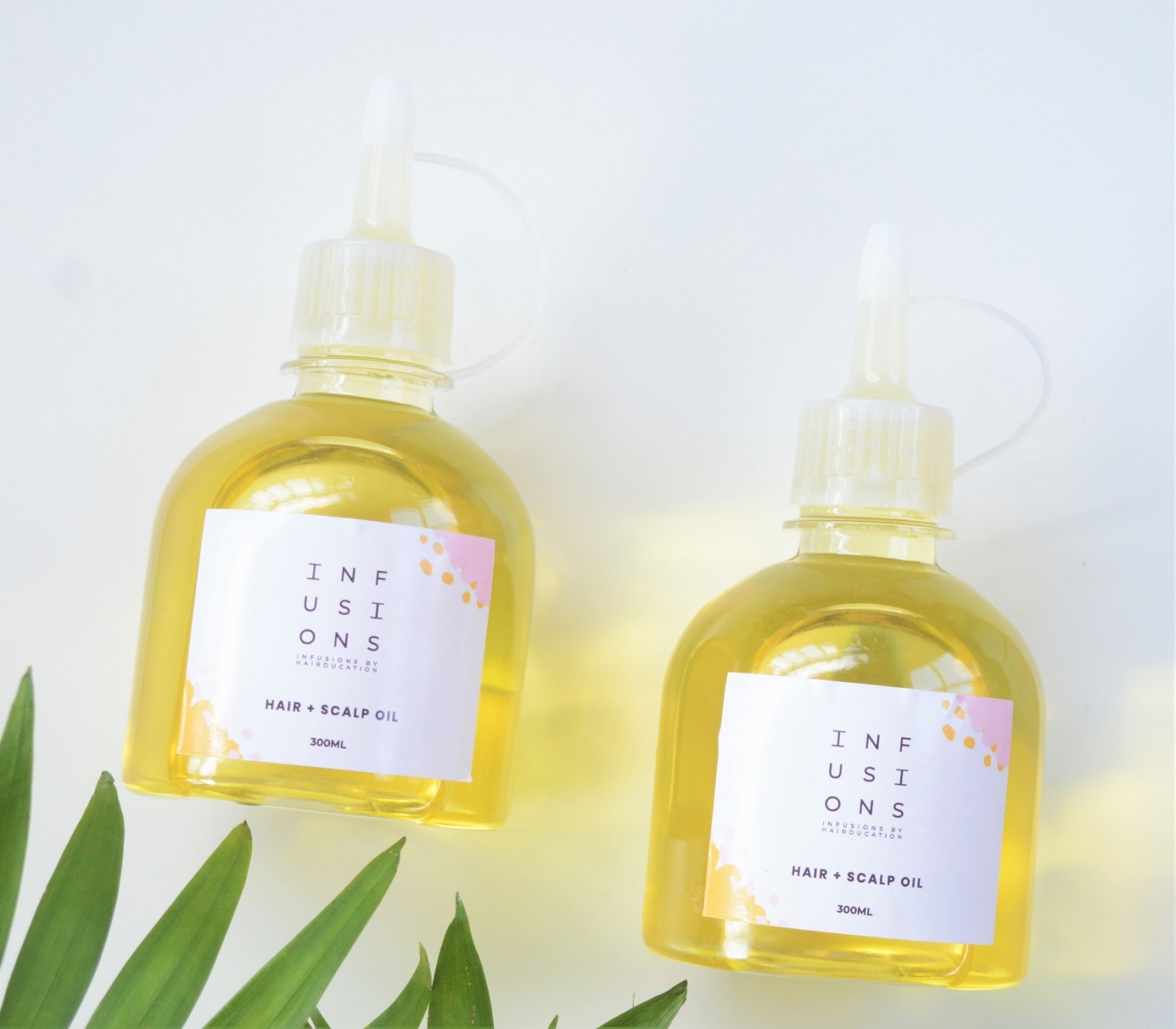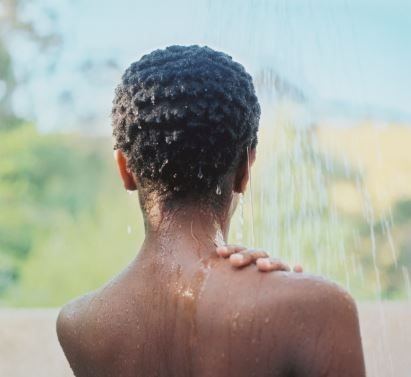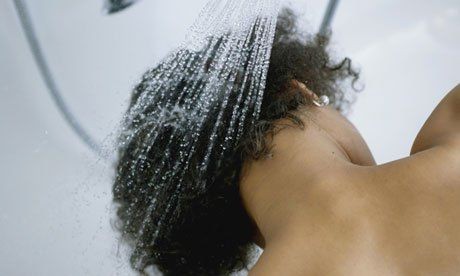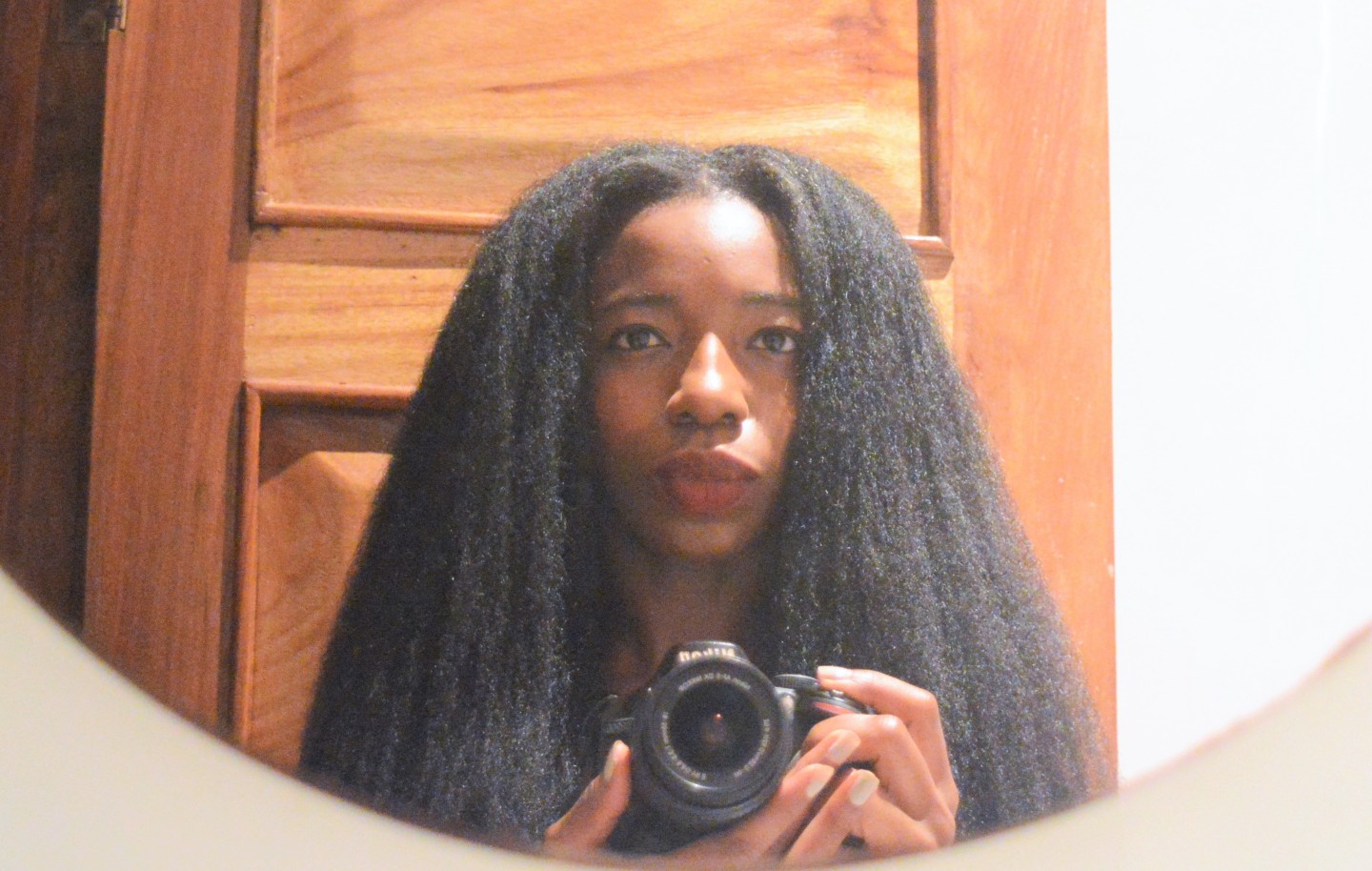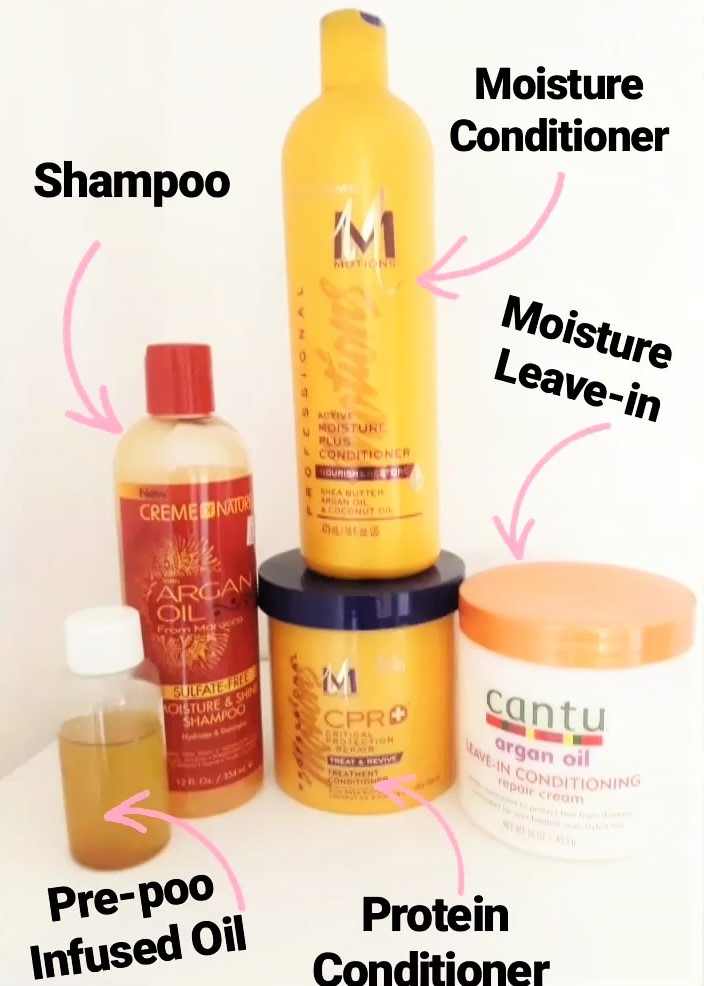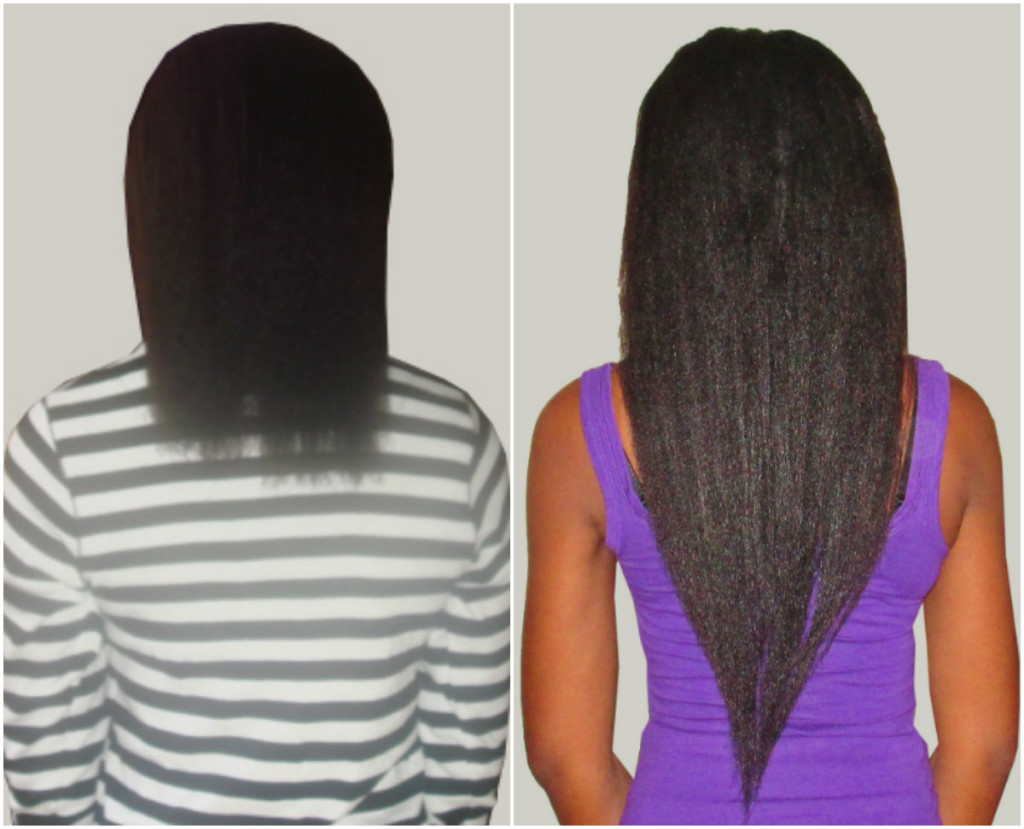
I’ve been talking to women about healthy hair care for over a decade now.
Looking at my inbox alone, I’ve received over 2000 emails from ladies telling to me about the issues they have with their hair. Adding this to the people who approach me in person and those I have advised online I can confidently say that over the last decade, I’ve spoken to thousands of women about their hairs challenges and their hair care practices.
All these conversations have taught me so much and given me an outstanding amount of data from which I have identified the most prevalent hair care mistakes we seem to make. Some of them are classics and some are new trends I have noticed over the last couple of years.
The Classics
These mistakes have taught me that despite healthy hair information ( both accurate and inaccurate) being available online for many years, the vast majority of women still don’t know the basics about black hair care. The myths about our hair are still popular than the truth about our hair. The most classic mistakes may women have made with their hair over the last decade and which I also made before my healthy hair awakening are
1) Using oils as moisturizers.
2) Believing slow hair growth or no hair growth is our problem when more often than not, the real problem is damage and breakage.
3) Thinking you can only have long healthy hair if you were born with it aka -believing that long hair is down to genes alone and not accepting that how you treat your hair has MAJOR impact.
4) The Holy Grail Growth Product syndrome – believing that it is products that will grow hair and not understanding that the main function of products is to help keep hair healthy (preserve the hair fibre for as long as possible) and this is what leads to length retention (longer and thicker hair).
5) Not taking care of our hair….and wondering why it’s not doing well.
To be fair many ladies think they are caring for their hair but are making so many mistakes and inadvertently cause a lot of damage.
The New Kids On the Block
Over the last two years I’ve definitely noticed a shift with ladies who are on healthy hair journeys or have awareness of correct hair care and then take things overboard and cause self-inflicted hair loss as a result.
1) Under-manipulation aka abandonment.
There are many ladies that know that excess manipulation is to be avoided but for some reason this is being converted to zero manipulation which results in badly knotted or matted hair. Manipulation for hair care is essential. It is excess manipulation that is to be avoided.
2) Doing the most!!
Many of us on healthy hair journeys get so carried away with new fads and want to try everything. So we complete the essential aspects of hair care and then also want to add tea rinses, chebe, rice water, onion juice, aloe vera gel, cayenne pepper, a myriad of ayurvedic herbs, etc
Sis, its too much!!! Although most of these will impart some benefit or the other, they are not essential and we should not do them all and jump on every wagon. Incorporating a few is okay but doing them all isn’t wise.
When I started my hair care journey, majority of the above was new to me but I learnt quickly and try to educate others.
Although many ladies have made significant and positive changes in how they care for their hair, the fact remains that majority of us as black women still have problems with our hair and don’t know how to care for it.
Unfortunately, having damaged hair is still more prevalent than healthy hair and in most cases the breakage and damaged we experience is due to lack of or incorrect hair care.
A mission I had and began to fulfill through Hairducation was to demystify black hair and to normalize healthy thriving hair for black women.
It’s a new decade and the mission continues!!!!
x
Lade

